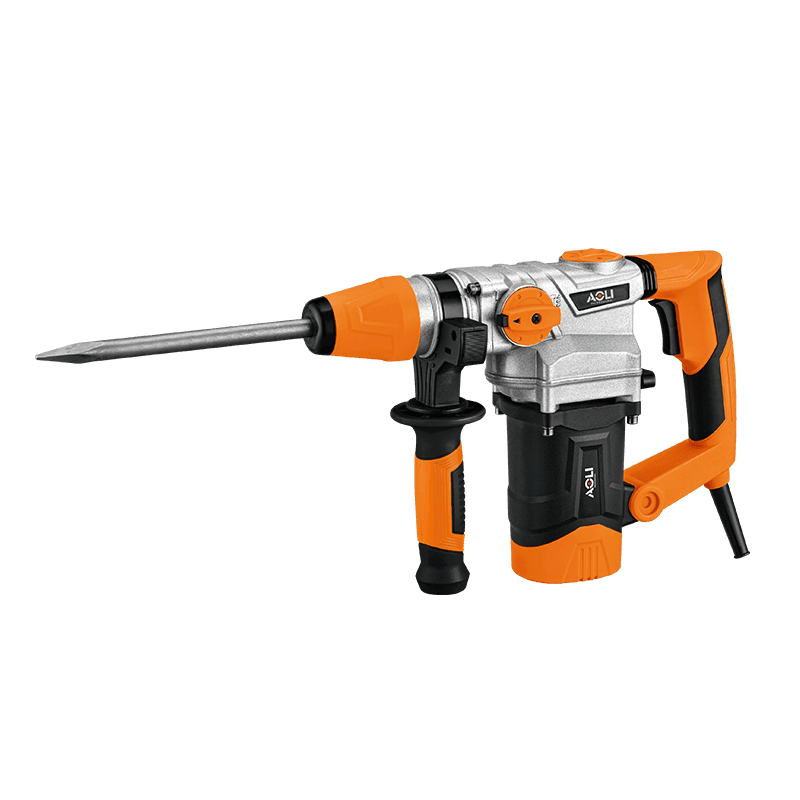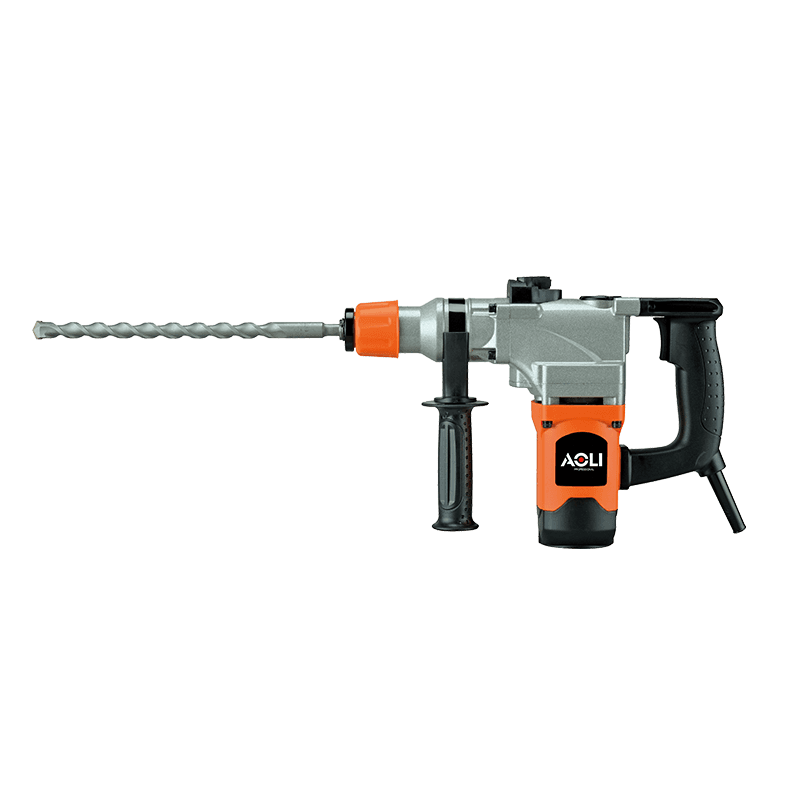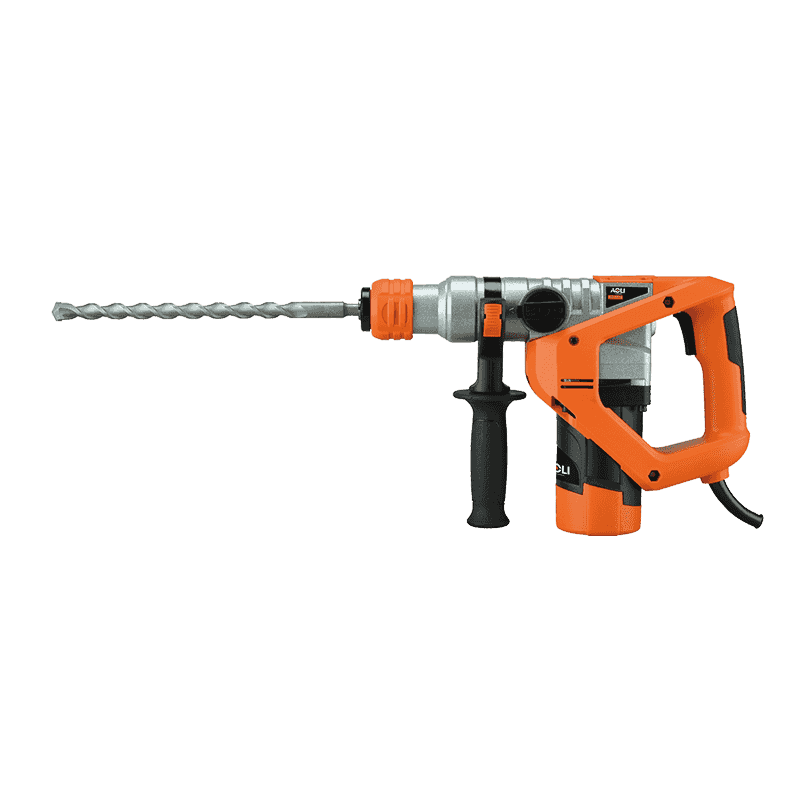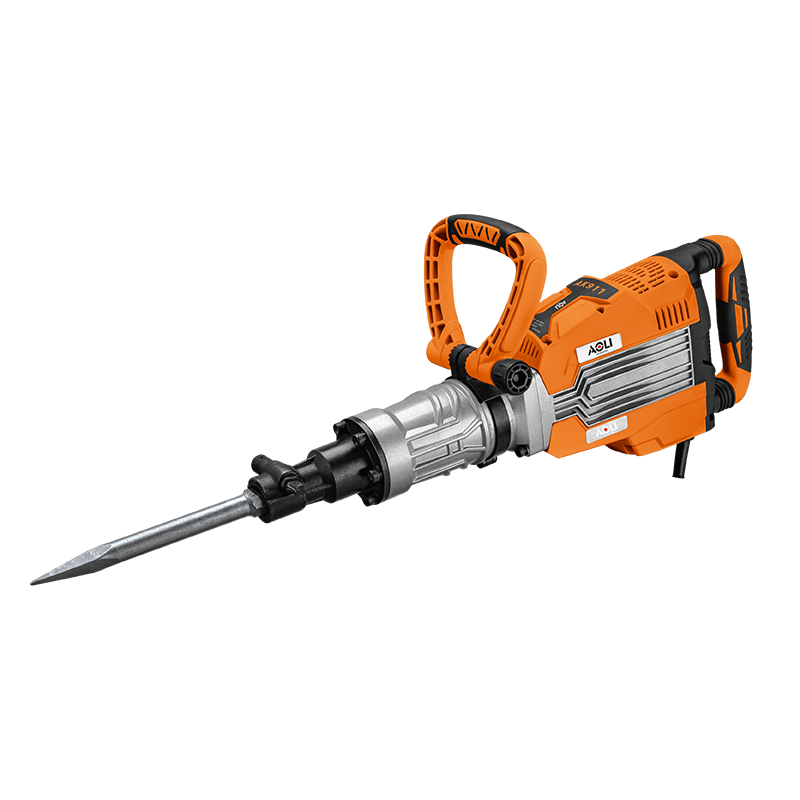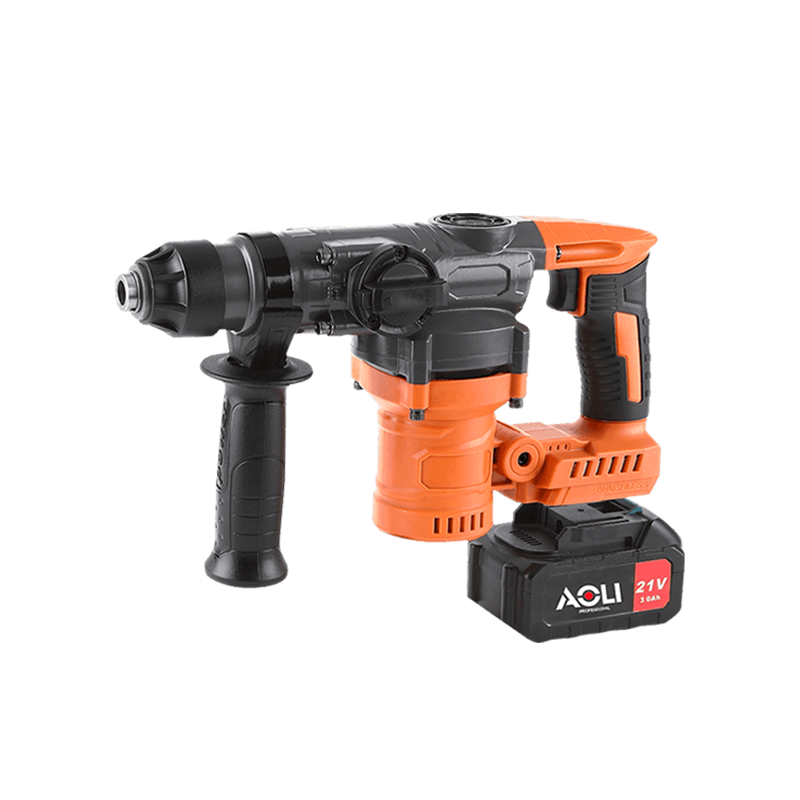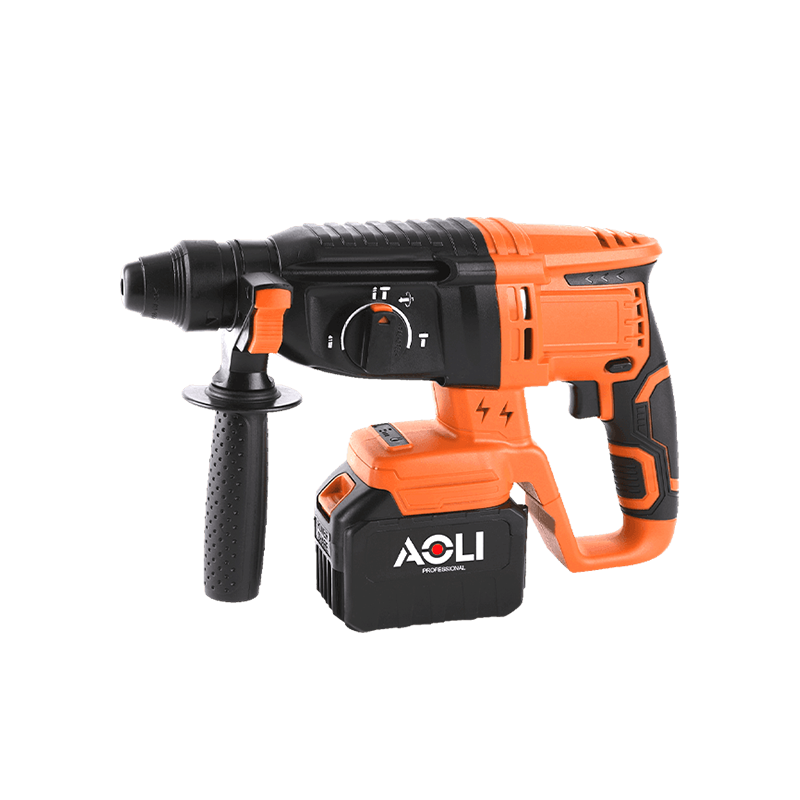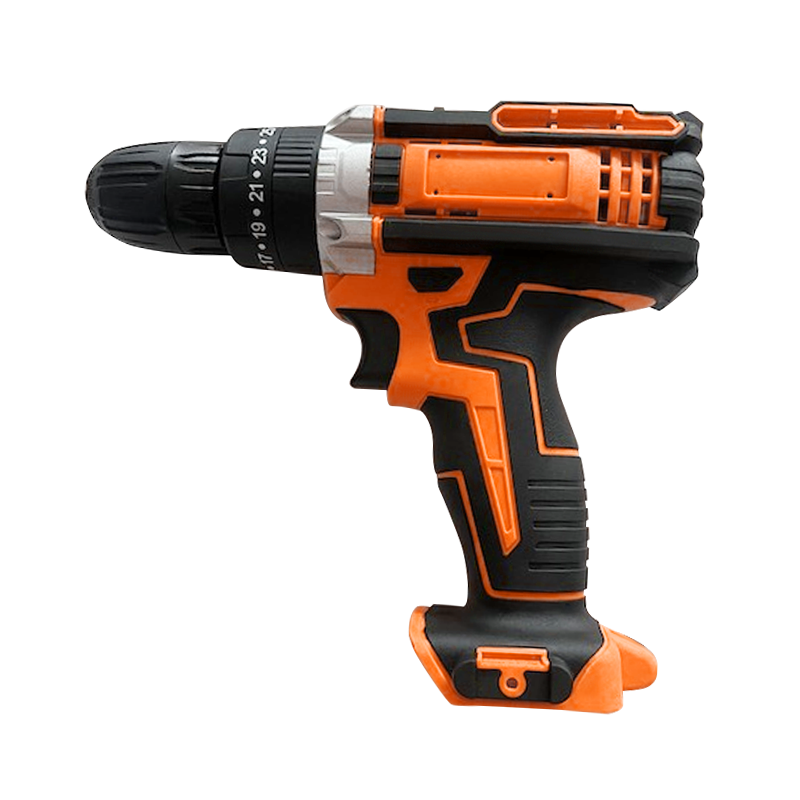Abnormal noise emanating from electric rotary hammers and high power drills can be an alarming indication of underlying issues within the tools. Addressing these anomalies promptly is crucial to maintain operational efficiency, ensure user safety, and prolong the lifespan of the equipment. In this article, we will explore the potential causes of abnormal noise in electric rotary hammers and high power drills, as well as effective strategies for troubleshooting and resolving these issues.
Introduction to Electric Rotary Hammers and High Power Drills
Electric rotary hammers and high power drills are indispensable tools in various construction, renovation, and DIY projects. Their versatility and efficiency make them essential assets for professionals and enthusiasts alike. The electric rotary hammer combines rotary motion with a pounding action, making it ideal for drilling into tough materials such as concrete, masonry, and stone. On the other hand, high power drills deliver robust drilling performance, capable of handling a wide range of materials with precision and speed. Both tools rely on powerful motors and intricate mechanical components to deliver optimal performance.
Common Causes of Abnormal Noise
1. Mechanical Wear and Tear: Over time, the moving parts of electric rotary hammers and high power drills can experience wear and tear, leading to increased friction and vibration. This can result in abnormal noise during operation.
2. Loose Components: Vibrations and repeated use can cause nuts, bolts, and other fasteners to loosen, resulting in rattling or clanking noises.
3. Lubrication Issues: Inadequate lubrication or the presence of debris within the tool's gearbox can cause components to rub against each other, producing grinding or squealing noises.
4. Faulty Bearings: Worn-out or damaged bearings can cause excessive noise as they struggle to support rotating shafts and other moving parts.
5. Electrical Problems: Issues with the tool's electrical components, such as a malfunctioning motor or faulty wiring, can manifest as unusual buzzing or humming sounds.
Troubleshooting and Resolution
1. Inspect for Loose Fasteners: Start by visually inspecting the tool for any loose screws, nuts, or bolts. Tighten them securely using the appropriate tools.
2. Check Lubrication Levels: Refer to the manufacturer's guidelines to ensure proper lubrication of the tool's moving parts. Add lubricant if necessary and clean out any debris from the gearbox.
3. Examine Bearings: If abnormal noise persists, inspect the bearings for signs of wear or damage. Replace them if needed, following the manufacturer's specifications.
4. Evaluate Electrical Components: Test the tool's electrical system, including the motor and wiring, for any abnormalities. Consult a qualified technician for repairs or replacements if necessary.
5. Perform Test Runs: After addressing potential issues, conduct test runs of the electric rotary hammer or high power drill to assess whether the abnormal noise has been resolved. Pay attention to any lingering signs of trouble and take further action as needed.
Abnormal noise in electric rotary hammers and high power drills can indicate a range of underlying issues, from mechanical wear and tear to electrical problems. By promptly identifying and addressing these issues, users can ensure the continued performance, safety, and longevity of their tools. Regular maintenance, proper lubrication, and timely repairs are essential practices for preserving the functionality and reliability of electric rotary hammers and high power drills.

 English
English Español
Español русский
русский
